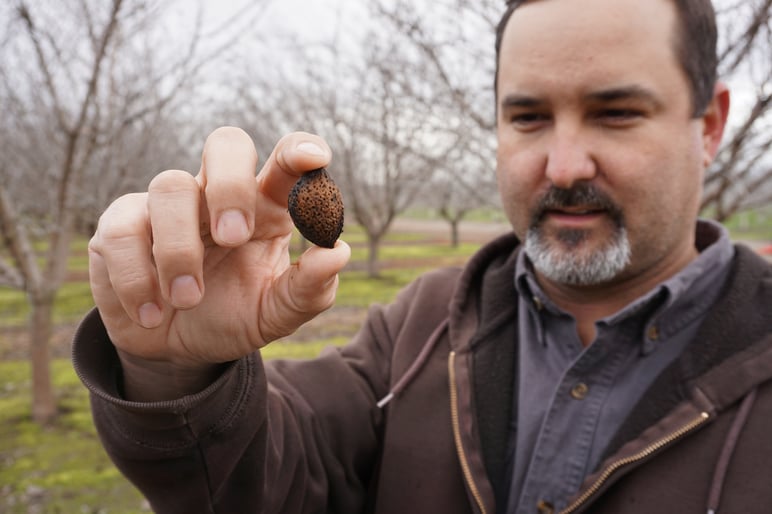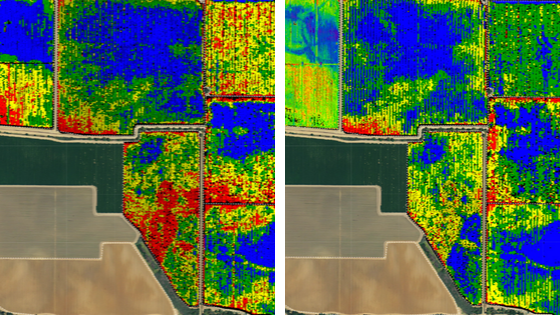Read more
Targeted sampling strategy for precision-ag consultants
November 12, 2019
Introducing our Center-Pivot Analytics Suite to Imagery Solutions
February 28, 2019
STAY INFORMED
Get product news and industry analysis delivered to your inbox.
The difference between Ceres AI and other technologies I've used is the help I get from their expert team.
With Ceres AI we can take a more targeted approach to applying fertilizer and nutrients.
These flights can cover way more ground and provide more insight than a dozen soil moisture probes — and it's cheaper to implement.
The average Ceres AI conductance measurement from its imagery over the season has provided the best correlation with applied water.

